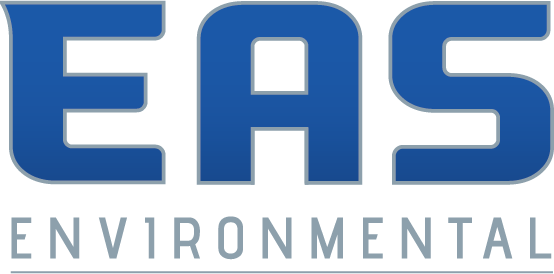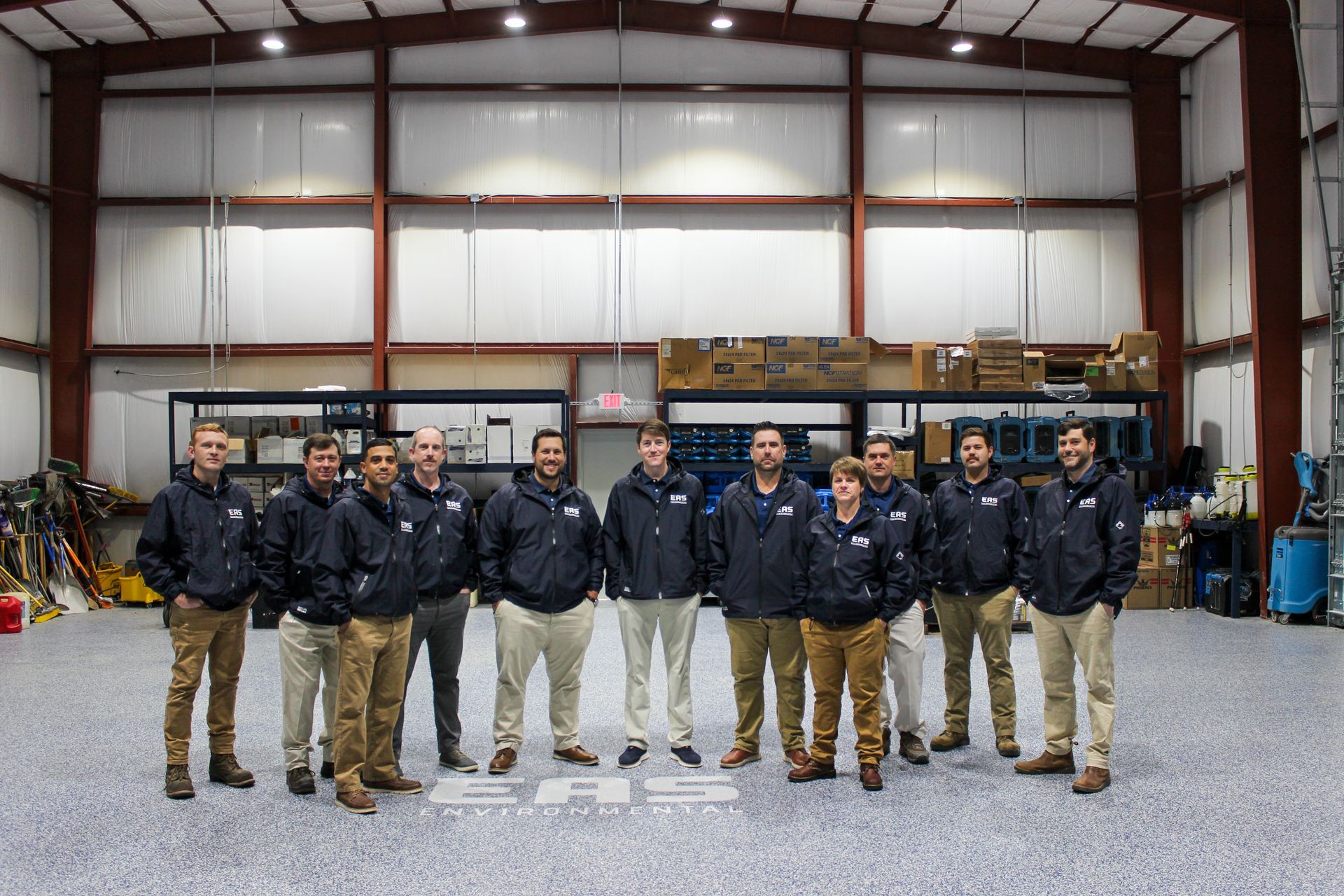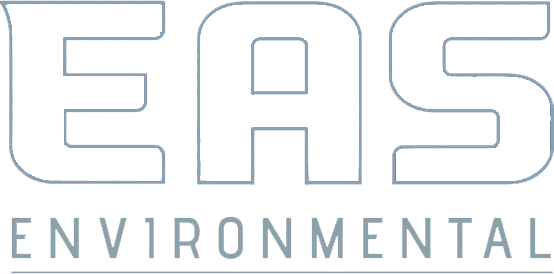
Welcome to our insightful blog post on "Optimal Indoor Environment: The Role of Crawl Space Cleaning and Insulation." Often overlooked, crawl spaces play a significant role in the overall health and comfort of your home. In this guide, we'll explore how proper cleaning and insulation of your crawl space can contribute to creating an ideal indoor environment that enhances both your living conditions and energy efficiency.
Controlling Humidity Levels
Maintaining optimal humidity levels is a cornerstone of a healthy and comfortable indoor environment. Excessive humidity can lead to a range of issues, including mold growth, allergen proliferation, and even structural damage. In this blog post, we'll delve into the importance of controlling humidity levels and offer practical tips to help you achieve a balanced atmosphere in your living spaces.
The Impact of Humidity
High humidity levels create a breeding ground for mold, dust mites, and other allergens that can adversely affect indoor air quality and trigger respiratory issues. Moreover, excess moisture can compromise your home's structural integrity, causing wood to warp, paint to peel, and metal to corrode. On the other hand, extremely low humidity can lead to discomfort, dry skin, and aggravated respiratory problems. Striking the right balance is essential for a comfortable and healthy living environment.
Practical Tips for Humidity Control
To control humidity effectively,
consider using a hygrometer to monitor indoor humidity levels. Ideally, indoor humidity should range between 30% and 50%. Implement proper ventilation in areas prone to moisture accumulation, such as bathrooms and kitchens, to prevent excess humidity. Additionally, utilizing dehumidifiers and air conditioning systems can help maintain optimal humidity levels. Ensuring crawl spaces are well-insulated and properly sealed also plays a significant role in humidity control throughout your home. By staying vigilant and adopting these strategies, you can create an environment where you and your family can thrive comfortably.
Temperature Regulation
Temperature regulation is a vital aspect of creating a comfortable and inviting indoor environment. Fluctuations in temperature not only impact your comfort but also influence energy efficiency and even your well-being. In this blog post, we'll delve into the significance of temperature regulation and offer insights into how you can maintain consistent and pleasant temperatures within your living spaces.
The Importance of Temperature Consistency
Maintaining consistent indoor temperatures contributes to your overall comfort and productivity. Extreme temperature variations can lead to discomfort, disrupted sleep, and even health issues. Moreover, temperature fluctuations can strain heating and cooling systems, resulting in higher energy bills and potential wear and tear on equipment. Striving for a stable and balanced temperature environment helps you create a space where you can relax, work, and rest with ease.
Tips for Effective Temperature Management
Begin by programming your thermostat to set temperatures that align with your daily routines, adjusting settings when you're away to conserve energy. Ensure that windows and doors are properly sealed to prevent drafts that can lead to temperature imbalances. Adequate insulation in walls, attics, and crawl spaces plays a pivotal role in maintaining desired temperatures, as it prevents heat loss in the winter and heat gain in the summer. Moreover, using energy-efficient windows and considering the orientation of your home in relation to the sun can contribute to better temperature regulation. By implementing these strategies, you can enjoy a cozy and consistently comfortable indoor atmosphere year-round.
Air Quality Enhancement
Enhancing indoor air quality is a fundamental aspect of creating a healthy and comfortable living environment. The air you breathe within your home has a direct impact on your well-being, affecting respiratory health, allergies, and overall cognitive function. In this blog post, we'll delve into the significance of air quality enhancement and provide practical insights to help you improve the air you and your loved ones breathe every day.
The Impact of Indoor Air Quality
Indoor air can contain a variety of pollutants, including dust, pet dander, pollen, mold spores, and volatile organic compounds (VOCs) emitted by household products. Prolonged exposure to these pollutants can lead to respiratory issues, exacerbate allergies, and even contribute to more severe health conditions. Ensuring high indoor air quality is especially important since many people spend a significant portion of their time indoors. By enhancing the air you breathe, you create a healthier environment that promotes overall well-being.
Effective Air Quality Enhancement Strategies
Regular cleaning, proper ventilation, and the use of air purifiers with HEPA filters are essential steps in improving indoor air quality. Regularly changing air filters in your heating and cooling systems also helps reduce the circulation of dust and allergens. Additionally, incorporating indoor plants that naturally purify the air, minimizing the use of VOC-emitting products, and keeping humidity levels in check can contribute to better air quality. Addressing any sources of moisture, such as leaks or inadequate ventilation, can prevent mold growth and further improve the air you breathe. By adopting these strategies, you can transform your home into a sanctuary where fresh and clean air supports your health and comfort.
FAQs
-
Why is crawl space cleaning and insulation important for indoor environments?
Crawl spaces are often prone to moisture, mold, and poor insulation, which can negatively impact indoor air quality and energy efficiency. Proper cleaning and insulation of crawl spaces help prevent mold growth, improve air quality, regulate temperature, and reduce energy consumption throughout the home.
-
What are the signs that my crawl space needs cleaning and insulation?
Signs of a crawl space in need of attention include musty odors, increased humidity, uneven indoor temperatures, and higher energy bills. If you notice any of these indicators, it's a good idea to have your crawl space inspected for cleaning and insulation needs.
-
Can I clean and insulate my crawl space on my own?
While some basic cleaning and insulation tasks can be DIY projects, it's advisable to consult professionals, especially for extensive cleaning and insulation work. Professionals have the expertise to identify underlying issues, ensure proper insulation installation, and handle any potential hazards.
-
What are the benefits of crawl space insulation?
Crawl space insulation helps regulate indoor temperature, making your home more comfortable year-round. It also prevents cold floors in winter and reduces energy costs by preventing heat loss and gain. Additionally, insulation helps control moisture, which can otherwise lead to mold growth and structural damage.
-
How does crawl space cleaning contribute to indoor air quality?
Crawl space cleaning removes debris, mold, and allergens that can negatively affect indoor air quality. By eliminating these pollutants, you create a healthier living environment, reducing the risk of respiratory issues and allergies for occupants. Proper cleaning can also prevent foul odors from rising into your home.
Contact EAS Environmental Today!
EAS Environmental will do everything we can to ensure your experience with us is excellent.
Request A FREE Estimate
Request a Free Estimate Form
We will get back to you as soon as possible.
Please try again later.
Checkout Recent Post
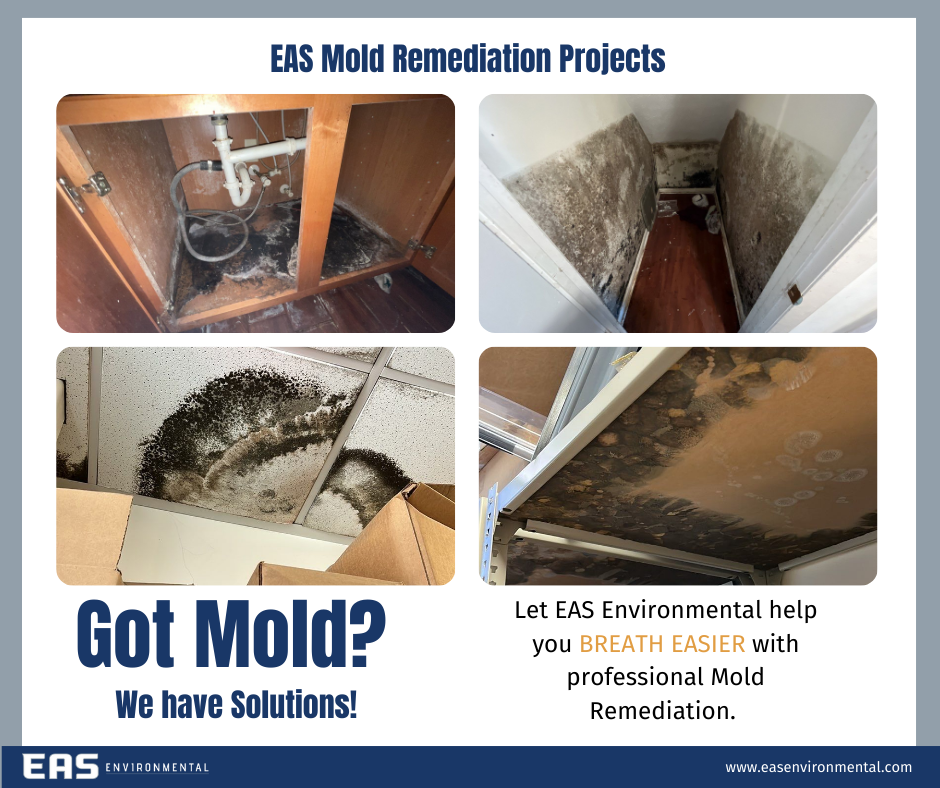
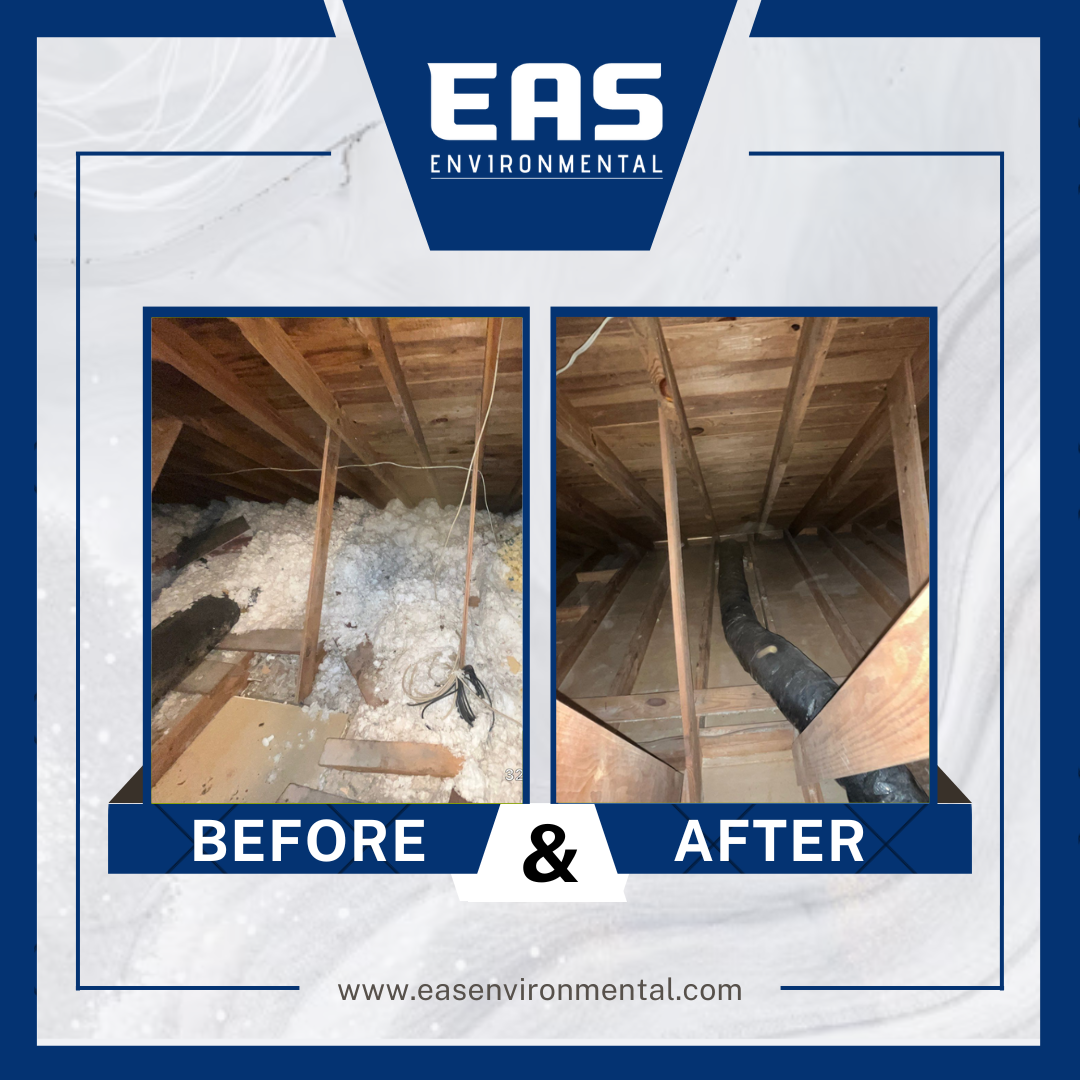

Got a Question? We’re Here to Help.
You can arrange an appointment or make an enquiry by phone or email, orget in touch to us via our contact form.
EAS Environmental is a specialty asbestos and lead abatement and demolition company that service the state of South Carolina.
CONTACT INFORMATION
Phone: 843-977-3273
Email: sturner@easenvironmental.com
Address: 125 Bud Lane Ladson, SC 29486
All Rights Reserved | EAS Environment
Privacy Policy | Terms & Conditions | Sitemap
